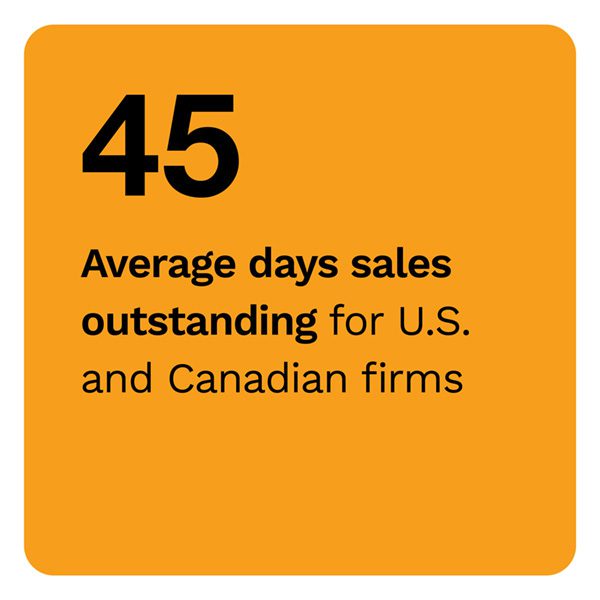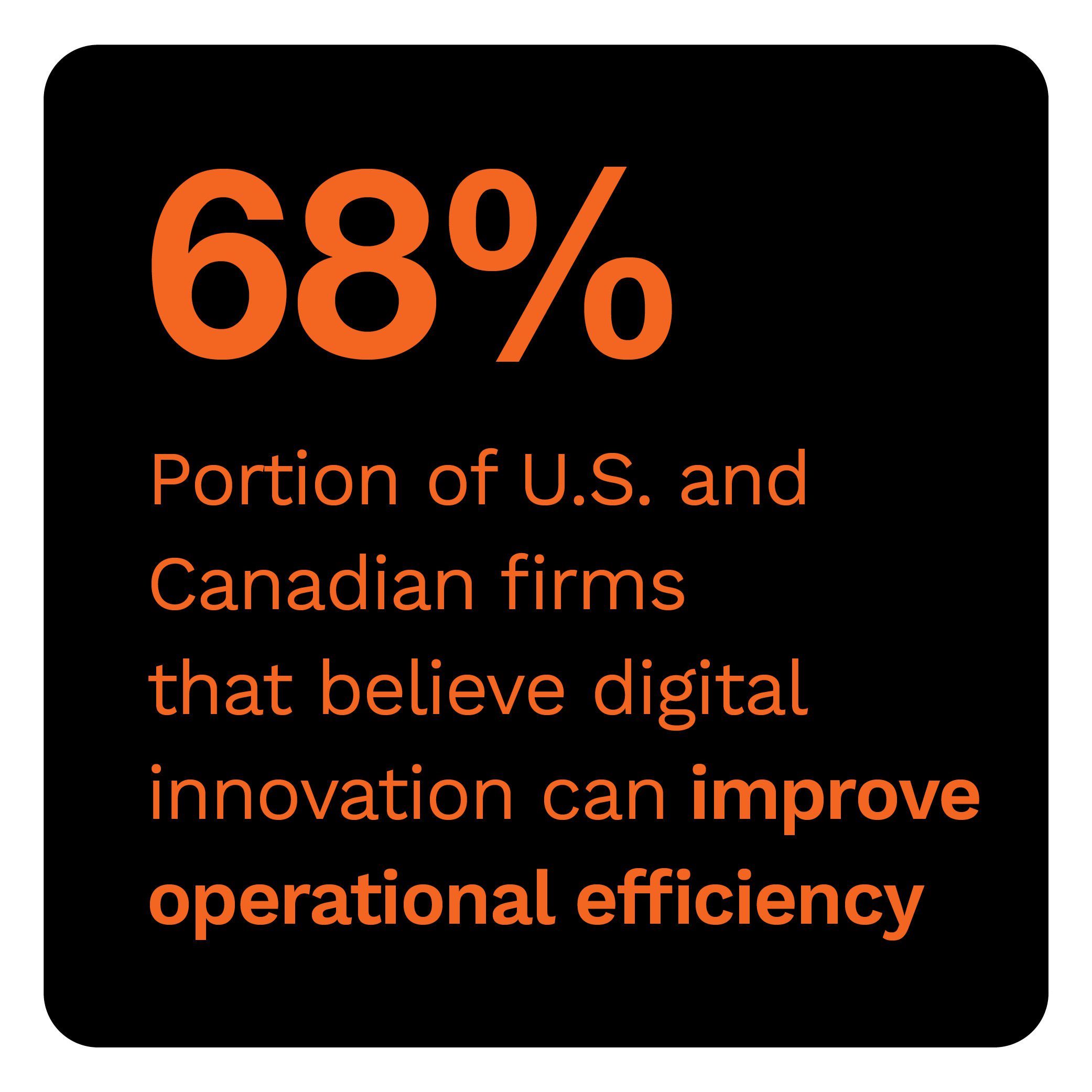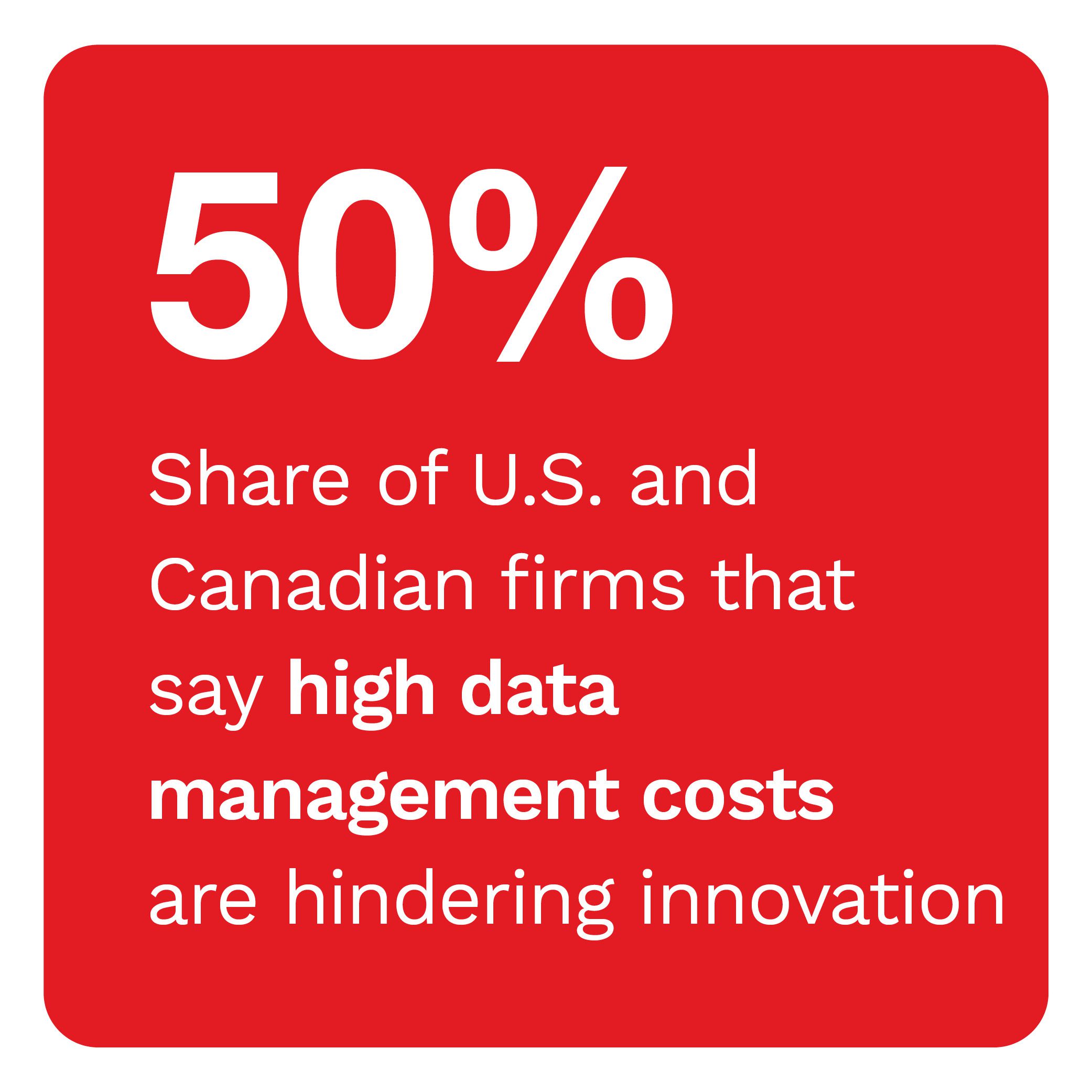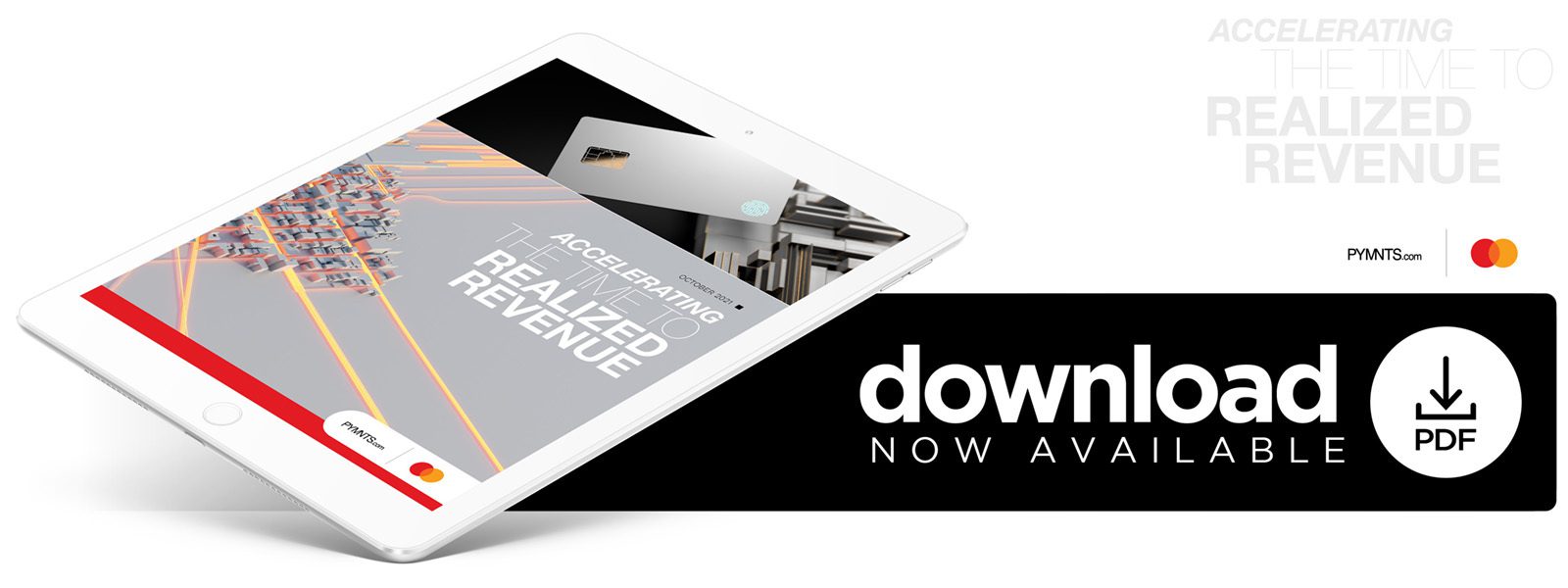NEW DATA: Payments Automation Can Reduce Firms’ DSO by 22%

Businesses in the United States and Canada have a receivables problem. Firms in both nations say they wait much longer to receive payments now than they did two years ago, with the average business in both nations now waiting 45 days to realize the revenue from their sales.
Long days sales outstanding (DSO) like this can have a genuine impact on firms’ financial health. Longer wait times mean more time spent with fewer funds on hand, making them more vulnerable to unforeseen financial troubles. Firms in the U.S. and Canada, therefore, face a rising onus to reduce their DSOs to help bolster their bottom lines from potential shocks.
This is just one of the findings that PYMNTS uncovered in the Accelerating The Time To Realized Revenue Report, which was completed in collaboration with Mastercard. We surveyed 400 corporate executives at firms in the manufacturing, transportation, healthcare and logistics sectors in the U.S. and Canada to learn how they use digital innovation to streamline their payments processes, cut DSO times and boost their bottom lines.
- Real-time payments and virtual cards are helping firms get their payment flows on track.
 Ninety-four percent of businesses that have adopted virtual cards say that it has helped make their transactions faster, more secure or more transparent, for example. Meanwhile, 22% and 14% of firms that have adopted real-time payment say that they have benefited from their instant payment capabilities and greater flexibility, respectively.
Ninety-four percent of businesses that have adopted virtual cards say that it has helped make their transactions faster, more secure or more transparent, for example. Meanwhile, 22% and 14% of firms that have adopted real-time payment say that they have benefited from their instant payment capabilities and greater flexibility, respectively.
- Sixty percent of firms with only a low level of payments automation cite high data management costs as a barrier to technology adoption.
High data management costs are just one of several key frictions impeding businesses’ innovation efforts. Forty percent cite regulatory issues as a top concern, and 28% cite issues with finding and retaining the right staff. It is therefore clear that businesses will need to mitigate these frictions to adopt the technology that can help them optimize their payments flows.
- Businesses believe tapping third-party vendors’ expertise is key to overcoming their technology innovation barriers.
 More than half of all businesses that plan to adopt blockchain, artificial intelligence (AI), dynamic terms or supplier portals in the next five years intend to outsource them from third-party vendors. These figures are even higher among mid-firms, signaling that third-party providers could play a key role in driving mid-market innovation in the future.
More than half of all businesses that plan to adopt blockchain, artificial intelligence (AI), dynamic terms or supplier portals in the next five years intend to outsource them from third-party vendors. These figures are even higher among mid-firms, signaling that third-party providers could play a key role in driving mid-market innovation in the future.
These findings offer a glimpse into a much more complex story of how businesses in the U.S. and Canada are tackling their DSO delays. The Accelerating The Time To Realized Revenue Report outlines corporate executives’ long-term innovation plans, how they intend to use digital innovation to bolster their financial performance and the steps they will take in overcoming key innovation barriers.
To learn more about how firms in the U.S. and Canada are working to optimize their payments flows, download the report.

